The truth about waist trainers has been shrouded in myths, marketing hype, and misconceptions for years. While some swear by their transformative effects, others dismiss them as dangerous gimmicks. The reality, however, lies somewhere in between—a nuanced understanding of how these garments function and what they can realistically achieve. At their core, waist trainers are designed to provide support, encourage posture improvement, and create a temporary reshaping effect. But their most critical yet underdiscussed function is risk mitigation during certain activities.
The Illusion of Instant Transformation
Many consumers purchase waist trainers with unrealistic expectations, believing these garments will miraculously melt away fat or permanently alter their body shape. This misconception has been fueled by social media influencers and aggressive marketing campaigns. The truth is far less glamorous but more practical. Waist trainers work through compression, which redistributes tissue and creates the appearance of a slimmer waistline—but only while worn. The effect is temporary, much like how shapewear smoothens silhouettes under clothing. The real value lies not in passive waist reduction but in active risk prevention during physical exertion.
Support as a Protective Mechanism
Athletes, weightlifters, and individuals recovering from certain medical procedures have used waist trainers for their stabilizing properties. When engaged in activities that put strain on the core—such as heavy lifting or high-impact exercises—a properly fitted waist trainer can help maintain alignment and reduce the risk of injury. The compression provides proprioceptive feedback, essentially reminding the wearer to engage their core muscles and maintain proper form. This function is particularly valuable for those with weak core muscles or previous injuries who need extra support during physical activity.
The Posture Connection
Modern lifestyles dominated by desk jobs and screen time have created an epidemic of poor posture. Slouching doesn't just affect appearance; it places undue stress on the spine and can lead to chronic pain. Quality waist trainers act as a tactile reminder to maintain proper spinal alignment. By gently encouraging the wearer to keep their shoulders back and spine neutral, these garments help redistribute weight more evenly across the musculoskeletal system. This postural support can prevent the cascade of issues that stem from chronic slouching—reduced lung capacity, digestive discomfort, and muscular imbalances.
Temperature Regulation and Injury Prevention
An often-overlooked benefit of waist trainers is their role in maintaining core temperature during workouts. By keeping the abdominal muscles warm, they help prevent strains and tears that can occur when muscles are cold. This thermogenic effect is particularly beneficial for athletes training in cold environments or those prone to muscle stiffness. The increased warmth also promotes blood flow to the core muscles, potentially enhancing performance and reducing recovery time between sets or exercises.
Debunking the Dangerous Myths
The controversy surrounding waist trainers stems largely from misuse rather than the garments themselves. Wearing them too tightly for extended periods can indeed cause problems—restricted breathing, digestive issues, and muscle atrophy. However, when used correctly as activity-specific support gear rather than 24/7 shapewear, these risks diminish significantly. The key is understanding that waist trainers are tools for temporary use during specific activities, not magic solutions for permanent body modification.
The Psychological Component
There's an undeniable mental aspect to waist trainer use that contributes to their effectiveness. The sensation of support and compression can boost confidence during workouts, potentially leading to better performance. For some wearers, this physical reminder translates to increased mindfulness about posture and core engagement throughout the day. This psychological reinforcement creates a feedback loop where improved form leads to better results, which in turn motivates continued proper use.
Choosing the Right Tool for the Job
Not all waist trainers serve the same purpose. Medical-grade compression garments differ significantly from fashion waist cinchers. Understanding the intended use is crucial—someone recovering from surgery needs different support than an Olympic weightlifter or a postpartum mother. The materials, level of compression, and design features should align with specific needs rather than arbitrary waist-reduction goals. Consulting with medical professionals or certified trainers can help determine whether waist training is appropriate and what type would be most beneficial.
The Future of Functional Waistwear
As research continues, we're seeing innovations that blend traditional compression with smart technology. Some newer designs incorporate sensors that monitor posture and provide feedback, while others use temperature-regulating fabrics. This evolution points toward a future where waist trainers become more specialized as performance aids rather than generic shapewear. The focus is shifting from aesthetics to functionality—from how the waist looks to how it functions during movement.
The conversation about waist trainers needs to move beyond the simplistic debate of whether they "work" for permanent waist reduction. Their true value lies in their ability to mitigate risk during physical activity, support rehabilitation, and promote proper body mechanics. Like any tool, their effectiveness depends on proper use and realistic expectations. When employed strategically rather than obsessively, waist trainers can be a valuable component of an active lifestyle—not as a shortcut to beauty standards, but as practical support for a strong, healthy core.

By /Jul 18, 2025
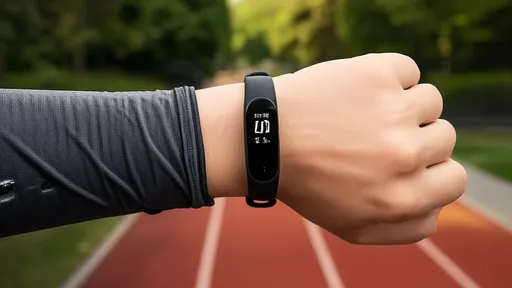
By /Jul 18, 2025

By /Jul 18, 2025
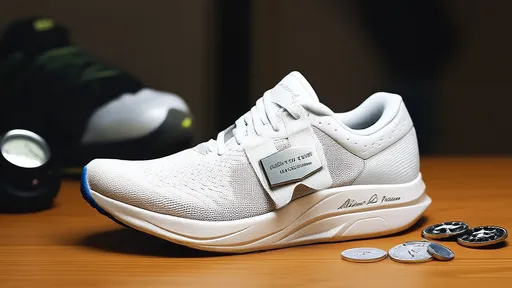
By /Jul 18, 2025
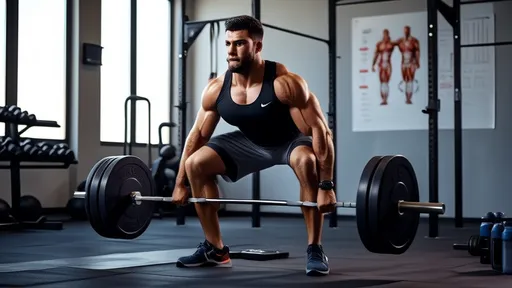
By /Jul 18, 2025

By /Jul 18, 2025

By /Jul 18, 2025

By /Jul 18, 2025
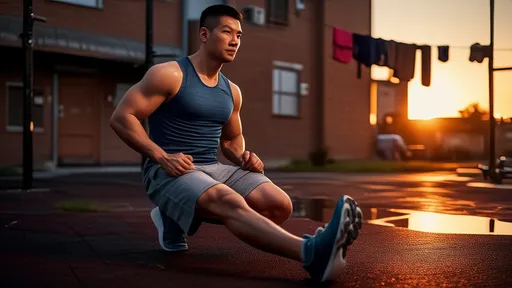
By /Jul 18, 2025
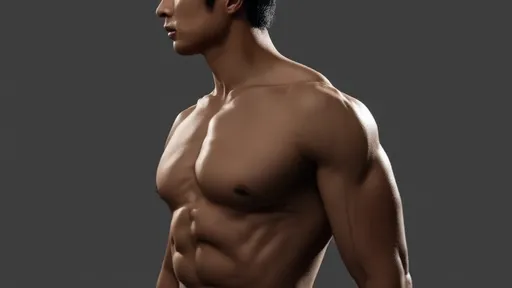
By /Jul 18, 2025

By /Jul 18, 2025

By /Jul 18, 2025
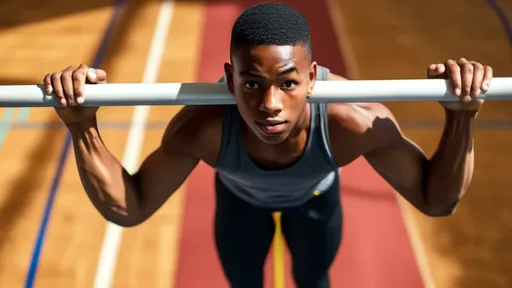
By /Jul 18, 2025
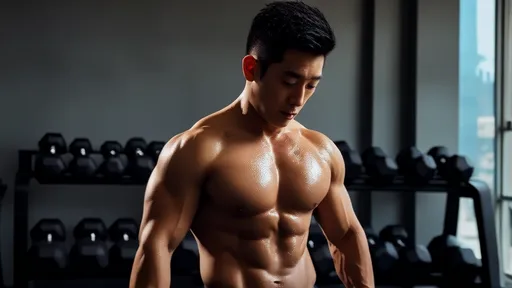
By /Jul 18, 2025
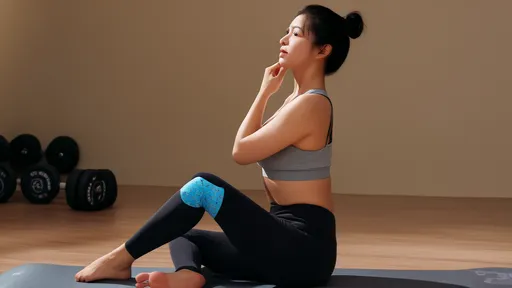
By /Jul 18, 2025

By /Jul 18, 2025
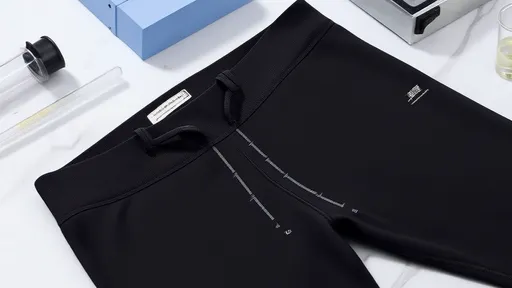
By /Jul 18, 2025

By /Jul 18, 2025